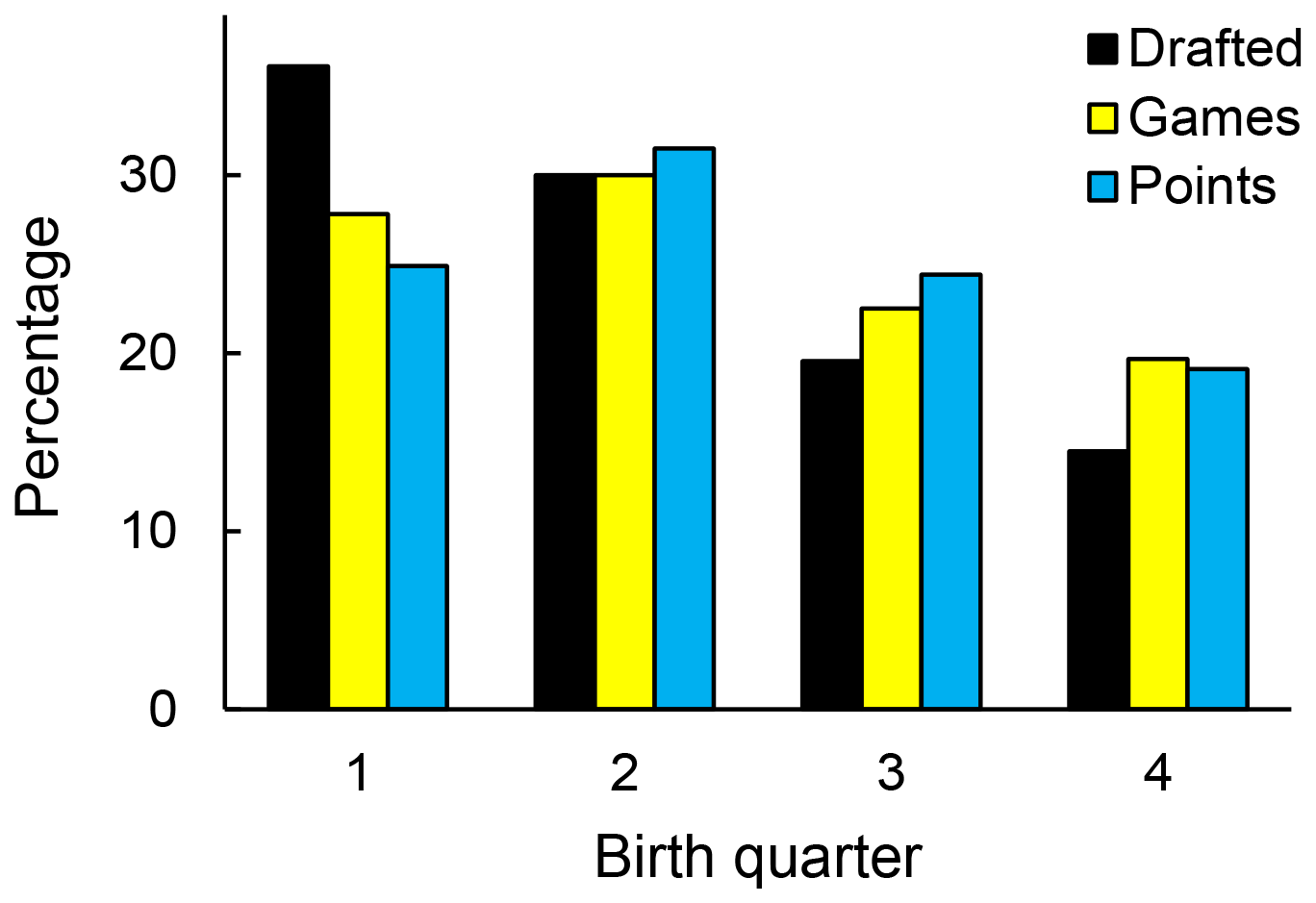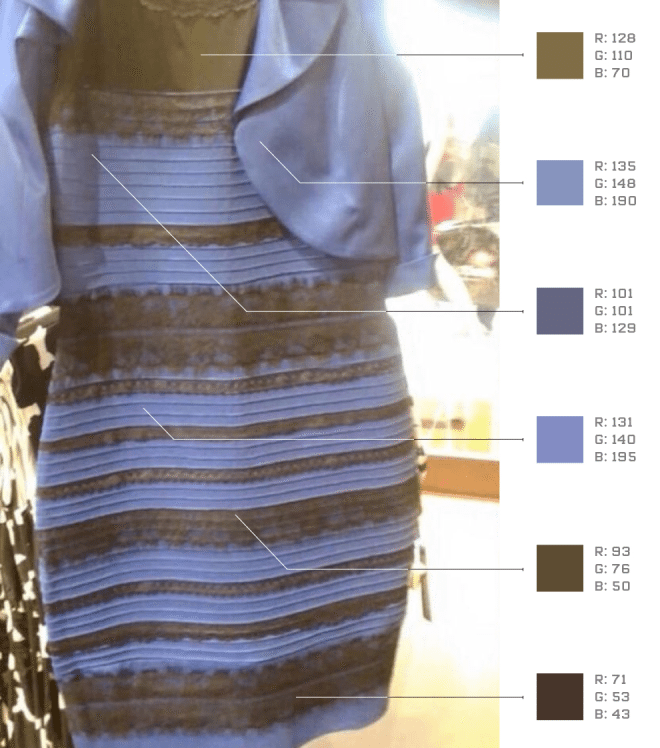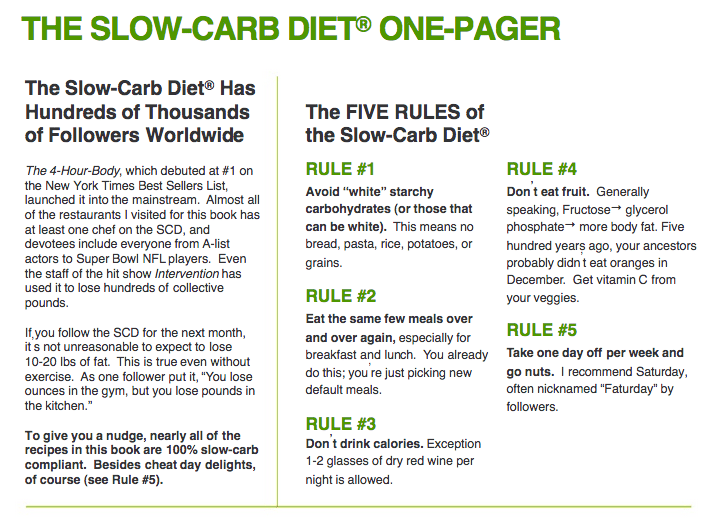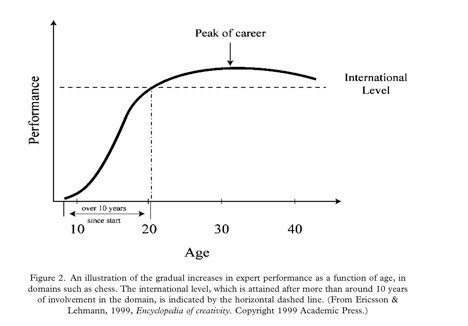Have you ever wondered why, in spite of your best intentions, you just can’t resist a clickbait headline on Buzzfeed?
What was it about #TheDress that got everyone up in arms? And what is it about Malcolm Gladwell that makes his work so interesting?
Is it possible to replicate this kind of remarkability, or is it entirely unpredictable?
The truth is there is compelling science behind the success of shareable content. The stuff that gets people talking isn’t quite as random as you might think. From a marketing perspective, understanding what makes for compelling content and what does not could be the difference between seeing your message succeed or fail.
As marketing expert Seth Godin says, “Ideas that spread, win.” And what he might as well have said after that is this: Ideas that don’t spread, die. So if you have something to share — a message, a product, even a cause — then you have a responsibility to get that idea to spread. And if you don’t, we just might never hear about it.
The interesting index
Getting an idea to spread is not something that should be left to chance. Of course, there are those instances when somebody has a world-changing idea and just doesn’t realize it. And in spite of the author’s intention, the idea somehow succeeds.
But those instances are few and far between.
The truth is interesting books and articles tend to follow a tried-and-true formula for creating content that we just can’t help but share. Incidentally, this is the same formula that makes some books bestsellers, catches a person’s attention in the grocery checkout, and creates breakthrough momentum in a crowded market.
As it turns out, getting people to talk is not just a roll of the dice. There are some practical things you can do to make your message spread, and it begins with the message itself.
In a paper titled “That’s Interesting!,” researcher Murray Davis lists 12 characteristics that make a theory or idea interesting (hat tip to Adam Grant for first pointing this out).
So let’s look at five of them.
1.Organization: When chaos has a hidden order
When something looks disorganized but has a hidden organization to it, that’s interesting.
That’s what the scientific journal PLOS ONE uncovered as it studied selection bias in the NHL draft.
The study discovered that, compared to those born in the first quarter (i.e., January–March), those born in the third and fourth quarters were drafted more than 40 slots later than their productivity warranted, and they were roughly twice as likely to reach career benchmarks, such as 400 games played or 200 points scored.

A more recent phenomenon is #thedress—the mysterious garment half the Internet says is one color while the other half swears it is the opposite. That in itself, looks random, but when you view it through the lens of science, understanding why some people see one color and some see another, suddenly it becomes compelling.

2. Generalization: What appears local is actually global
So when you look at the random guesses of an uneducated crowd and realize they were more accurate than individual experts and then apply that to Who Wants to Be a Millionaire?, you have something more than an interesting anecdote. You have a phenomenon.
James Surowiecki explores this in his book, The Wisdom of Crowds, in which he demonstrates time and time again that the more people you gather, the more the collective intelligence tends to increase.

When something that looks like an isolated incident is, in fact, part of the greater whole—that’s interesting.
3. Evaluation: What seems bad is actually good (or vice versa)
When you attack a commonly-held belief, like the idea that fat is bad for you or that being strong is better than being weak, then expose why such an idea is wrong or not always right, you have something people will talk about.
This what we see in Tim Ferriss’ Slow Carb Diet from his best-selling book, The 4-Hour Body. Whereas most diets have you counting calories, Ferriss says you can eat as much as you want, four times a day, but only of a certain kind of food.

But that’s not all. Tim takes it one step further and gives you a “cheat day” in which he dares you to gorge yourself on thousands of calories in ice cream and pizza and whatever you want in a single day. And he claims it actually increases your weight loss.
Can you imagine how people might respond to such a claim? First, they reject it. Then they explore it. And finally, as many of Ferriss’s fans have done, they rave about it. That’s the power of turning a common belief on its head.
4. Function: When failure leads to success
When what’s commonly thought of as an ineffective means of accomplishing a goal turns out to be effective, that’s interesting.
At the end of the movie Moneyball, Jonah Hill shows Brad Pitt a video of a baseball player who has never run to second base. He only hits singles. Then one day, he decides he’s going to go for a double, but as he’s rounding first, he wipes out. Crawling back to first base, ashamed, he notices all the players shouting at him.
“Run!” the players from the other team cry. “Run! You hit a homerun!”
The player, who had been so used to failure, didn’t realize that he was actually succeeding.
It’s similar to the old Looney Tunes version of “The Tortoise and the Hare” fable, in which the tortoise outruns Bugs in spite of the bunny’s blistering pace.
Of course, what we find at the end is that there are hundreds of lookalike tortoises who are all running the race, but the point is this is what catches our attention—things that seem one way and are, in fact, another.
5. Composition: When individual is holistic
When you have a remarkable individual achievement or some sort of outlier experience and it ends up proving to be the norm, that’s interesting.
Malcolm Gladwell’s treatment of “the 10,000-hour rule” is a treatment of this technique. First, he identifies the story of the Beatles, then Bill Gates and Steve Jobs and countless others, until you as the reader are convinced that this is more than coincidence.

(Note: Many researches have called into question some of Gladwell’s treatment of K. Anders Ericcson’s study of deliberate practice, from which he extrapolates the 10,000-hour rule. Regardless of whether you agree with the science behind this, the point is that the way he presented the data made it incredibly compelling.)
The importance of counterintuition
Why do these techniques and strategies work? What is it that actually makes such statements interesting?
“It has long been thought that a theorist is considered great because his theories are true,” Murray Davis wrote, “but this is false. A theorist is considered great, not because his theories are true, but because they are interesting.”
All interesting theories, he claimed, are “an attack on the taken-for-granted world of their audience.” We tend to accept beliefs that align with our biases, but according to Murray, we reject the value of these findings. Why? Because they don’t teach us anything new.
In order to grab the attention of an audience, you must make a proposition that negates an accepted one. In other words, we all had some subtle suspicion that things are not exactly what they seem. This is the root of all suspense in any great story, philosophy, or message.
Let’s apply this to what you do
So what does this look like? How can you apply this to your blog, business, or cause? It’s all about finding an idea worthy of being spread, but how?
First, do your research:
Don’t go in search of the phenomenon. Just consume a lot of content.
Ira Glass, host of NPR’s “This American Life,” has said the hardest part of telling a good story is finding one worth telling. Read articles, academic studies, and books about a certain subject. Become an expert in a specific domain.
Second, look for trends:
What feels a counterintuitive idea you might explore in your own field? Consider any commonly held beliefs those in your industry tend to have, or entrenched ways of doing things that might be ripe for disruption.
- Are there things that at first looked chaotic but now appear to have some kind of hidden order?
- Have you found something that initially looked like a local phenomenon, something particular to your context, but is actually more universal?
- Is there something you initially thought was bad but realized later was good? Or vice versa?
Third, put it all together:
In popular science writing, it’s typical for authors to follow a story-study-lesson methodology in how they form their arguments. This looks something like the following:
- Tell a compelling story.
- Introduce the reader to a new piece of research or an interesting anecdote that illuminates a hidden truth.
- Apply the lesson from the research to a broader context.
This was precisely the process I went through in writing my latest book, The Art of Work. After reading tons of biographies and hearing hundreds of people share their stories on how they found meaningful work, I wanted to counterintuitively attack the idea that “you just know” what you’re supposed to do with your life.
Of course, this kind of writing takes practice, and I’m sure I made lots of mistakes. But I’ve already started hearing from readers who told me how “interesting” or “compelling” the stories in the book are. Apparently, this stuff works.
That’s how you write like Gladwell and grab someone’s attention like Buzzfeed. It’s how you take something as simple as a dress and break the Internet with it.
Do any of these “theories of interestingness” resonate particularly with you? I’d love to hear your thoughts in the comments!
Try Buffer for free
190,000+ creators, small businesses, and marketers use Buffer to grow their audiences every month.

